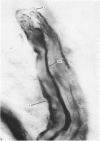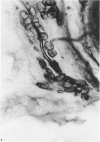Full text
PDF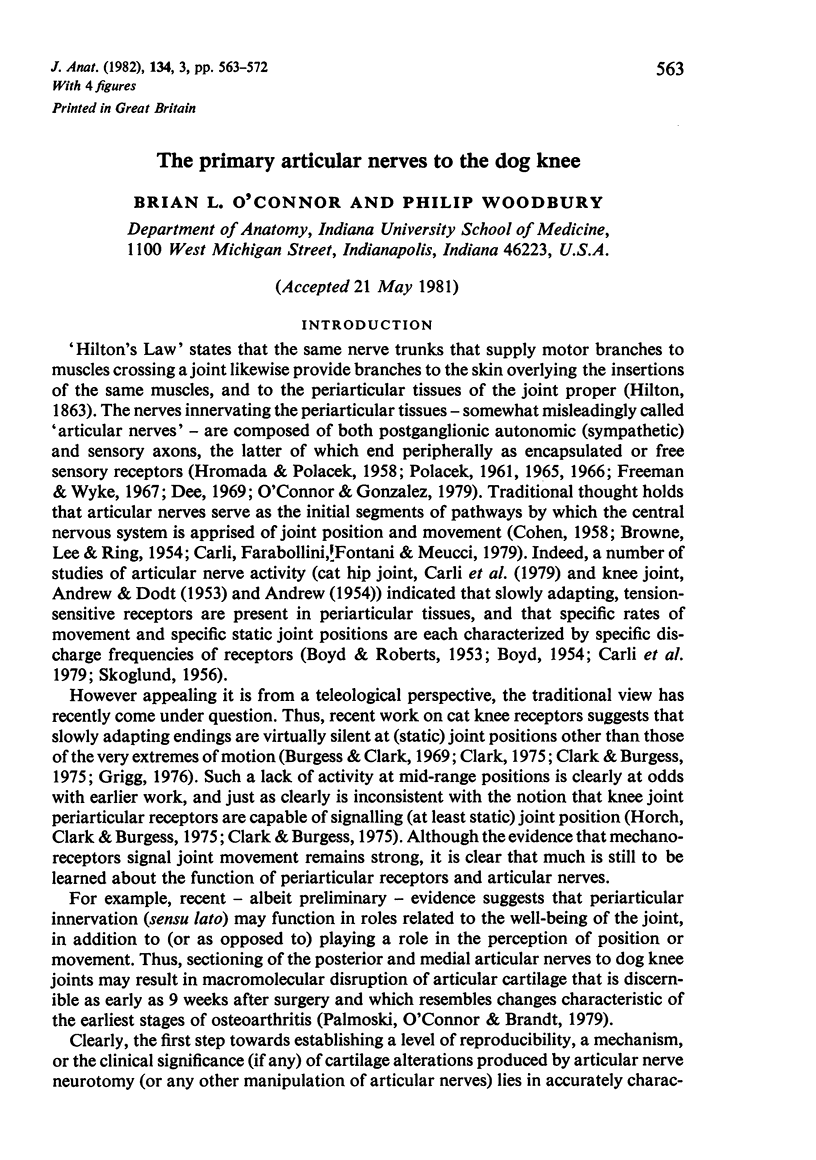
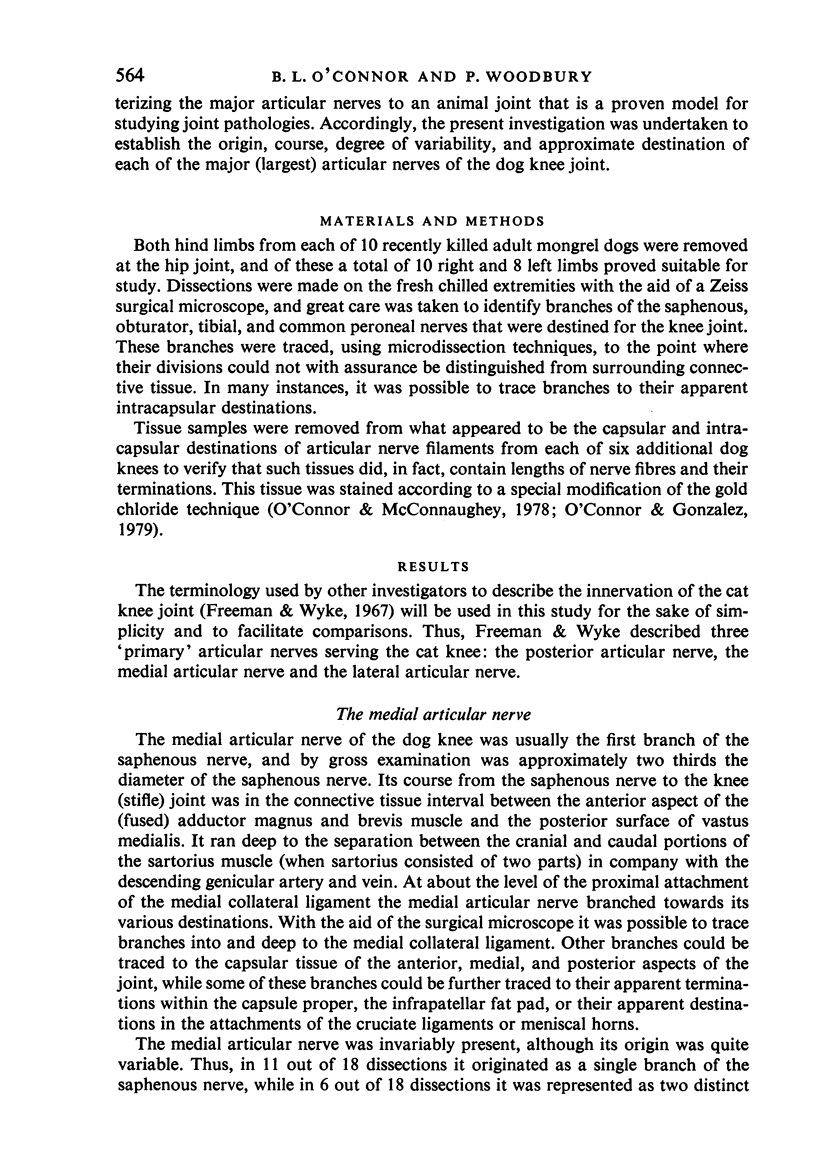
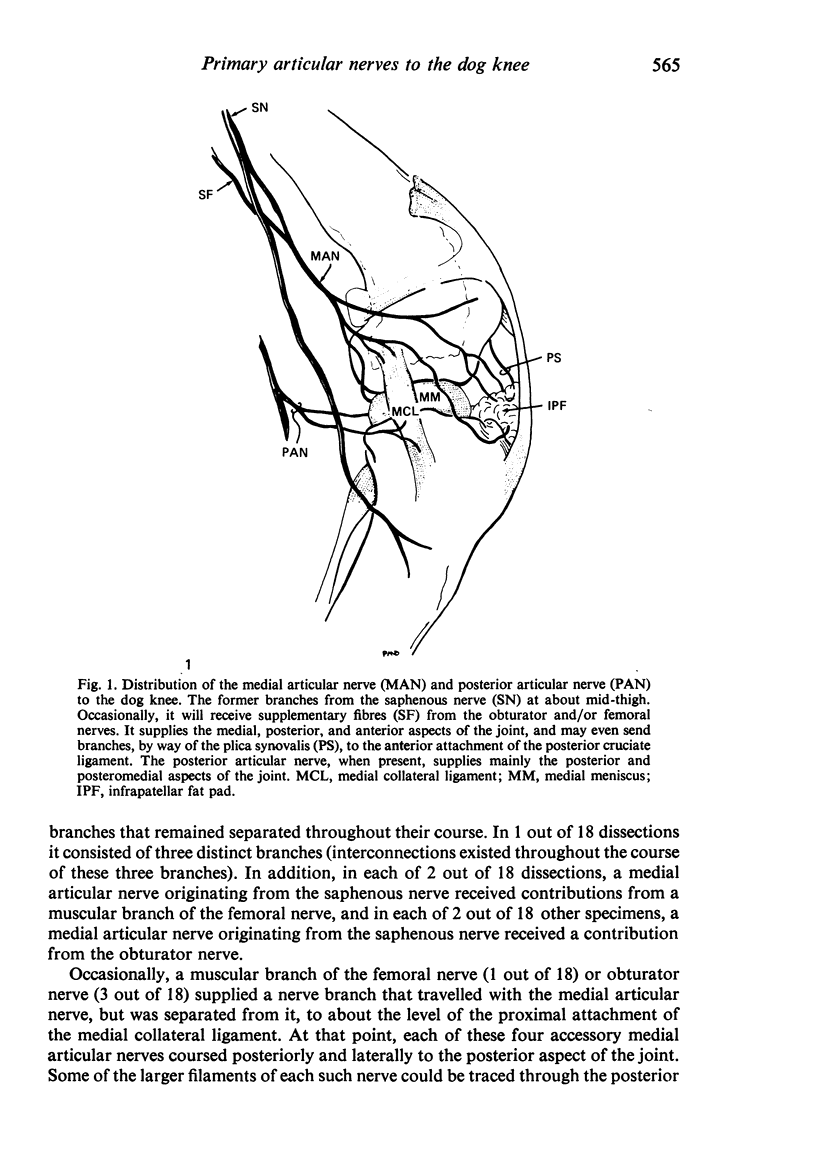
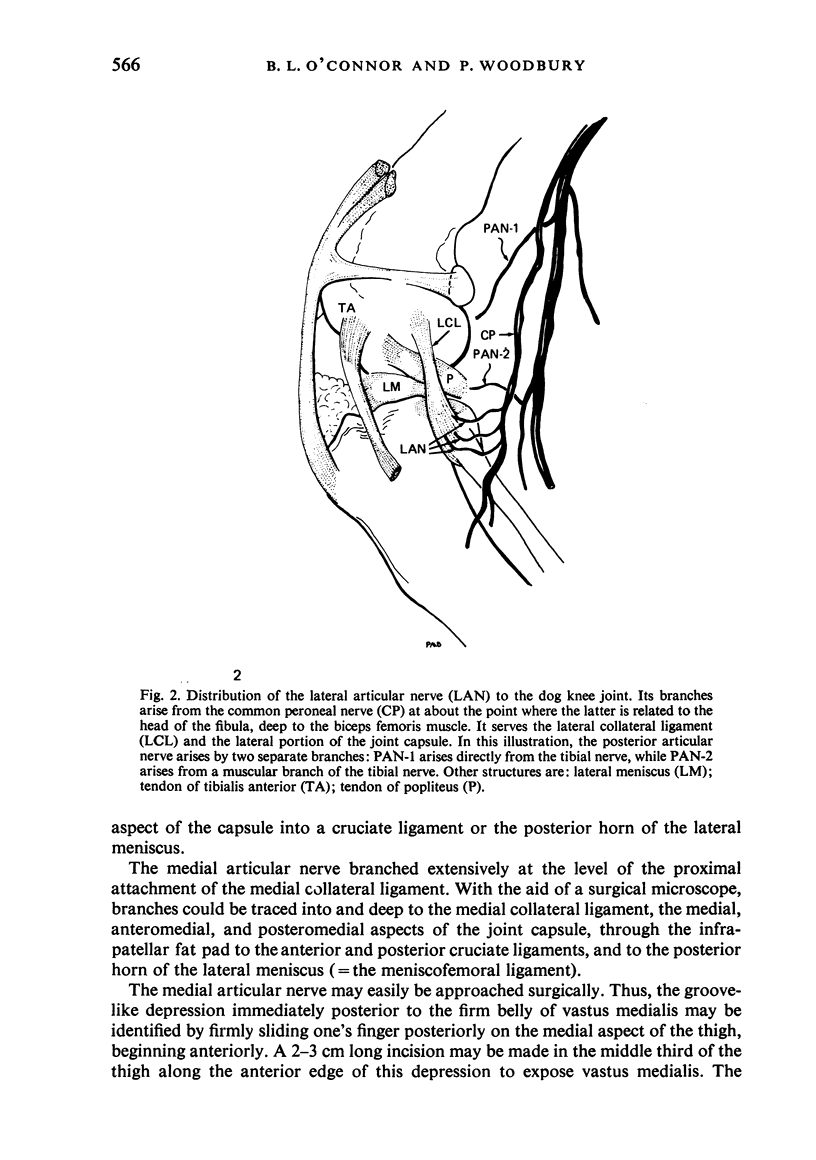
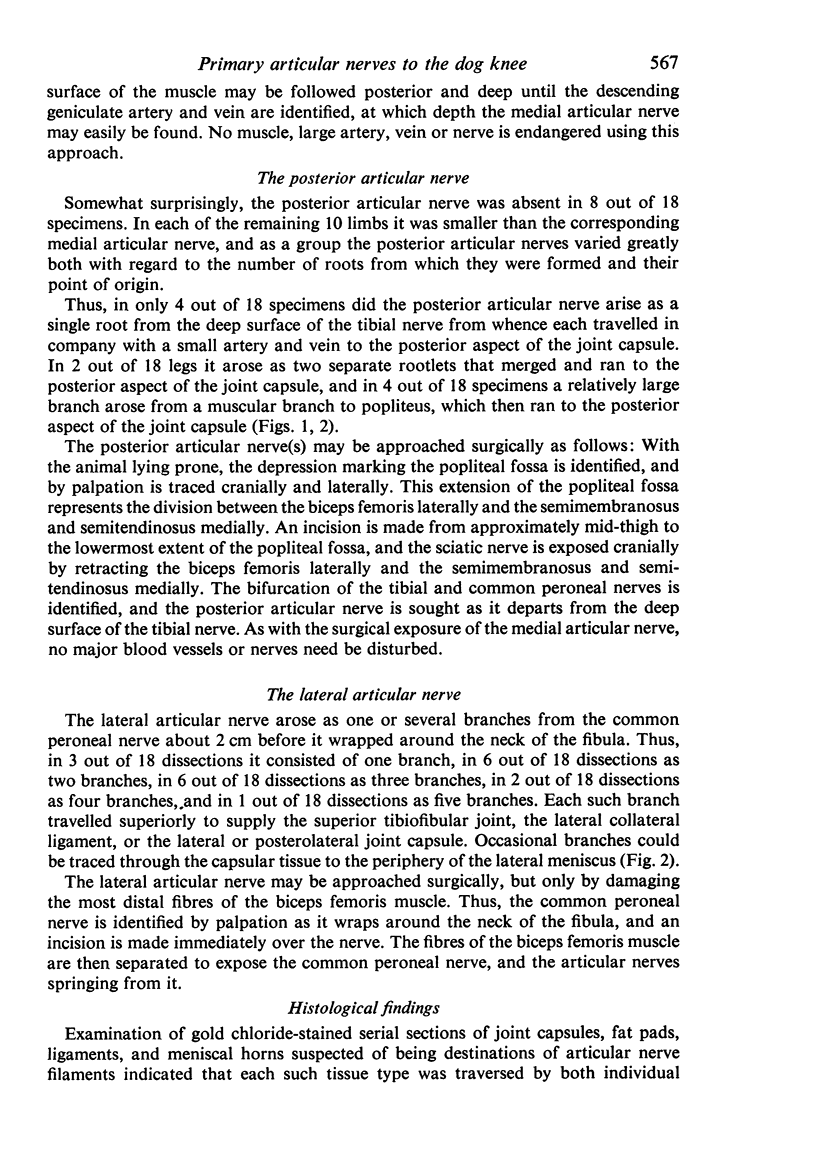
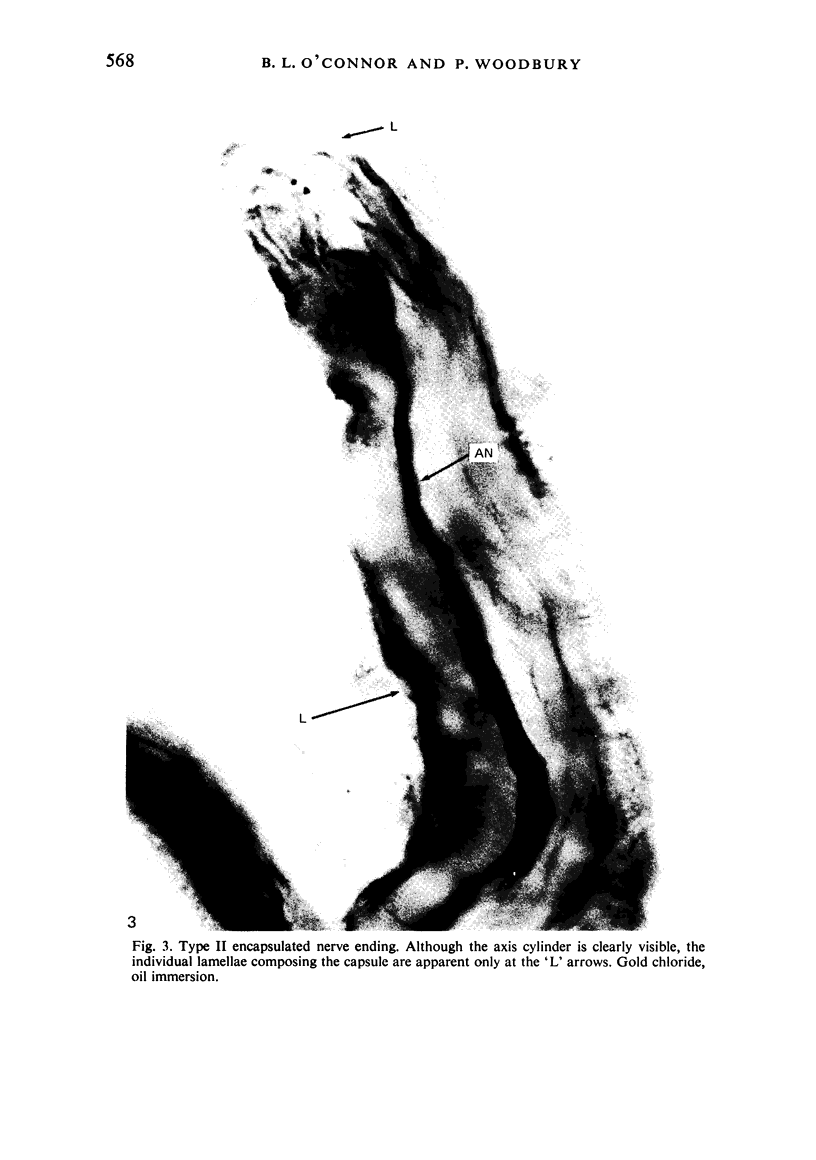
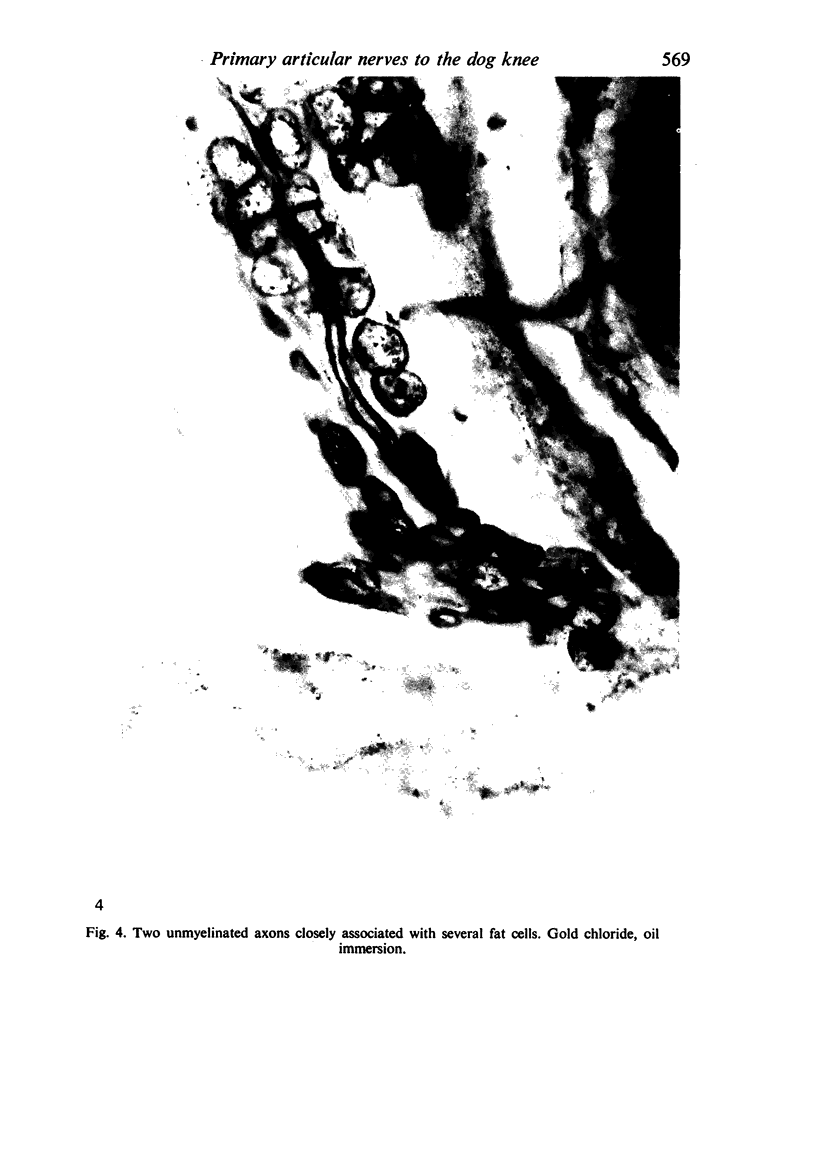
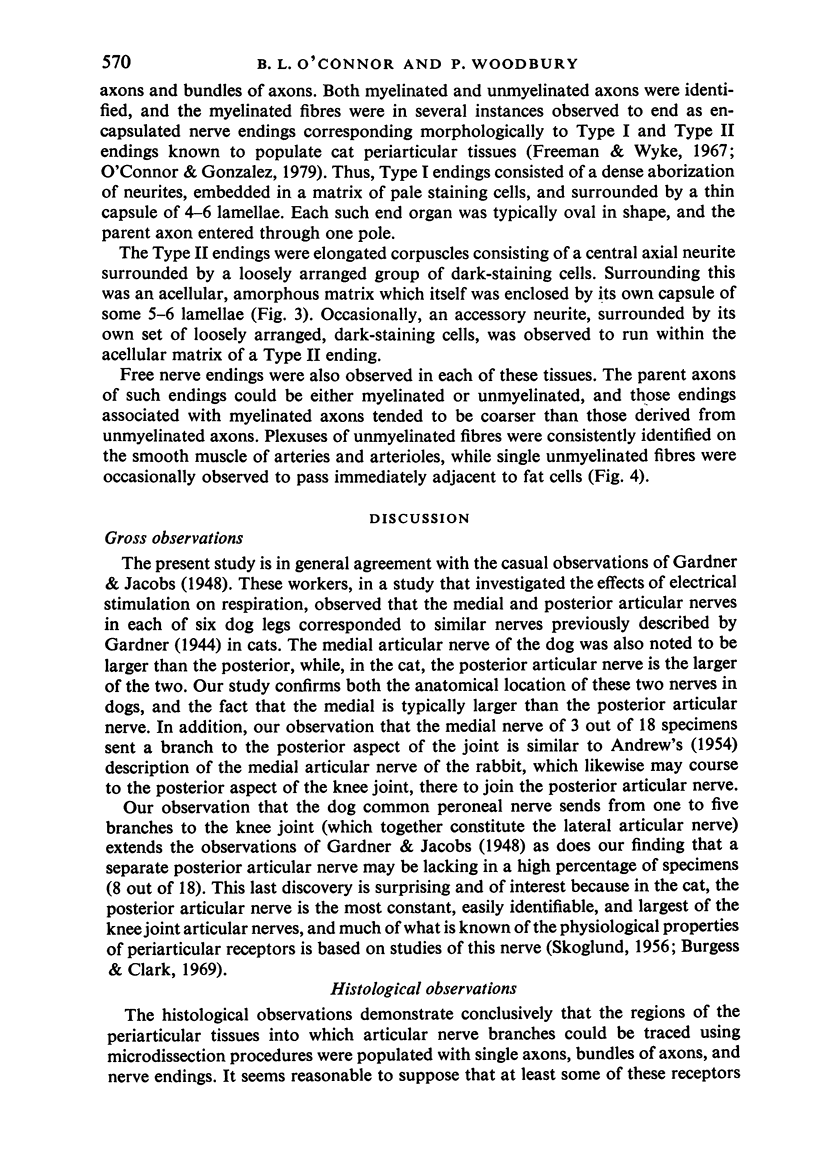
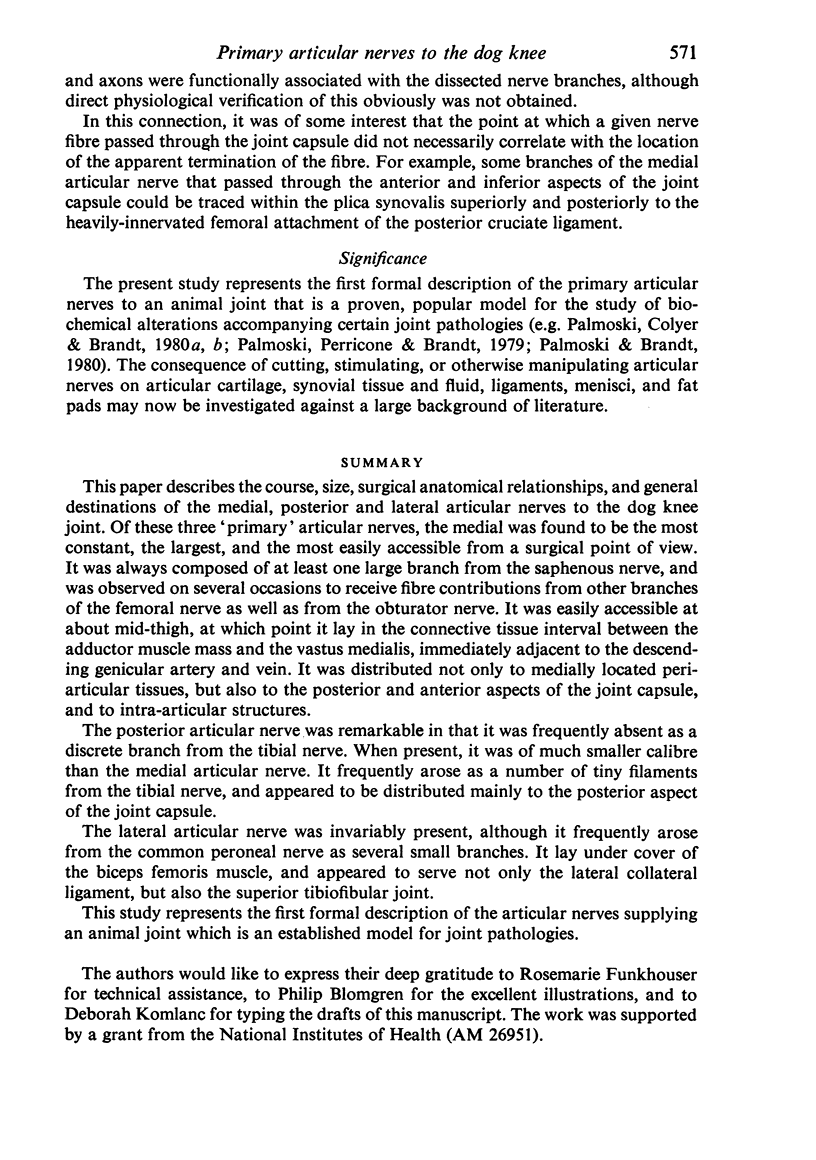
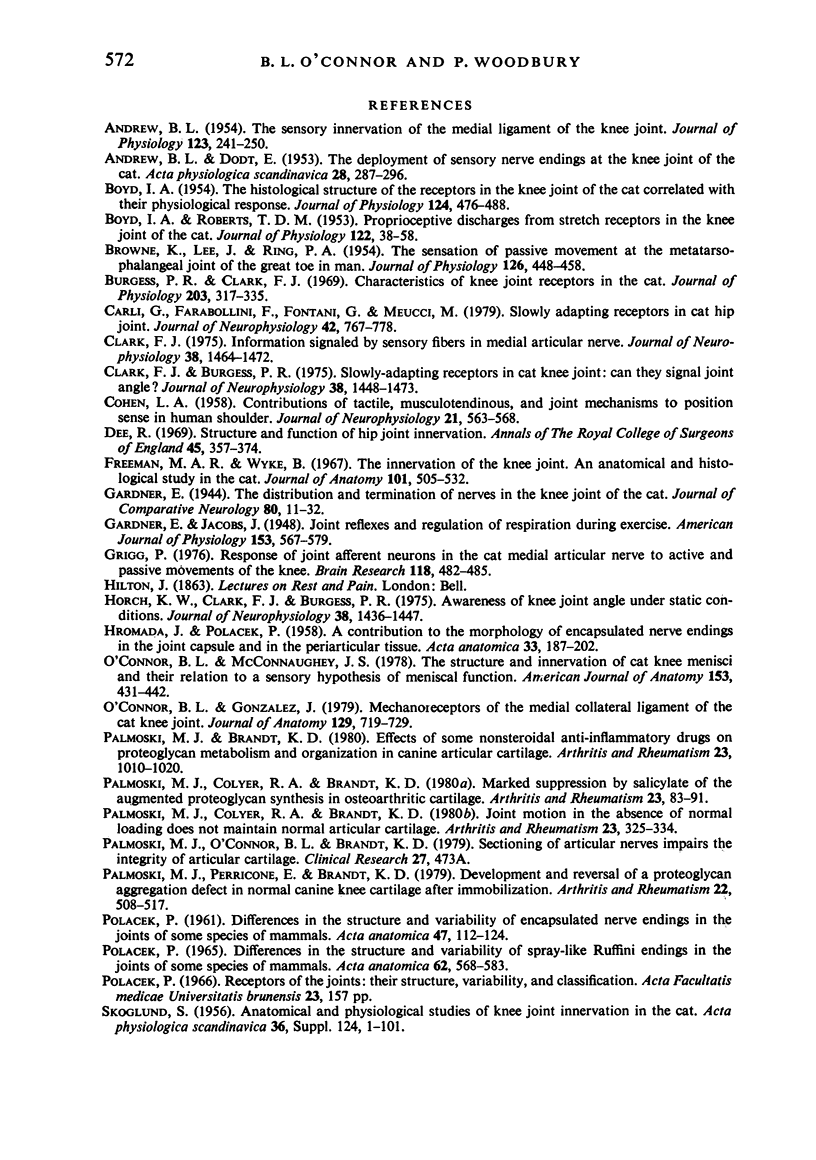
Images in this article
Selected References
These references are in PubMed. This may not be the complete list of references from this article.
- ANDREW B. L. The sensory innervation of the medial ligament of the knee joint. J Physiol. 1954 Feb 26;123(2):241–250. doi: 10.1113/jphysiol.1954.sp005047. [DOI] [PMC free article] [PubMed] [Google Scholar]
- BOYD I. A., ROBERTS T. D. Proprioceptive discharges from stretch-receptors in the knee-joint of the cat. J Physiol. 1953 Oct;122(1):38–58. doi: 10.1113/jphysiol.1953.sp004977. [DOI] [PMC free article] [PubMed] [Google Scholar]
- BOYD I. A. The histological structure of the receptors in the knee-joint of the cat correlated with their physiological response. J Physiol. 1954 Jun 28;124(3):476–488. doi: 10.1113/jphysiol.1954.sp005122. [DOI] [PMC free article] [PubMed] [Google Scholar]
- BROWNE K., LEE J., RING P. A. The sensation of passive movement at the metatarso-phalangeal joint of the great toe in man. man. J Physiol. 1954 Dec 10;126(3):448–458. doi: 10.1113/jphysiol.1954.sp005221. [DOI] [PMC free article] [PubMed] [Google Scholar]
- Burgess P. R., Clark F. J. Characteristics of knee joint receptors in the cat. J Physiol. 1969 Aug;203(2):317–335. doi: 10.1113/jphysiol.1969.sp008866. [DOI] [PMC free article] [PubMed] [Google Scholar]
- COHEN L. A. Contributions of tactile, musculo-tendinous and joint mechanisms to position sense in human shoulder. J Neurophysiol. 1958 Nov;21(6):563–568. doi: 10.1152/jn.1958.21.6.563. [DOI] [PubMed] [Google Scholar]
- Carli G., Farabollini F., Fontani G., Meucci M. Slowly adapting receptors in cat hip joint. J Neurophysiol. 1979 May;42(3):767–778. doi: 10.1152/jn.1979.42.3.767. [DOI] [PubMed] [Google Scholar]
- Clark F. J., Burgess P. R. Slowly adapting receptors in cat knee joint: can they signal joint angle? J Neurophysiol. 1975 Nov;38(6):1448–1463. doi: 10.1152/jn.1975.38.6.1448. [DOI] [PubMed] [Google Scholar]
- Clark F. J. Information signaled by sensory fibers in medial articular nerve. J Neurophysiol. 1975 Nov;38(6):1464–1472. doi: 10.1152/jn.1975.38.6.1464. [DOI] [PubMed] [Google Scholar]
- Dee R. Structure and function of hip joint innervation. Ann R Coll Surg Engl. 1969 Dec;45(6):357–374. [PMC free article] [PubMed] [Google Scholar]
- Freeman M. A., Wyke B. The innervation of the knee joint. An anatomical and histological study in the cat. J Anat. 1967 Jun;101(Pt 3):505–532. [PMC free article] [PubMed] [Google Scholar]
- Grigg P. Response of joint afferent neurons in cat medial articular nerve to active and passive movements of the knee. Brain Res. 1976 Dec 24;118(3):482–485. doi: 10.1016/0006-8993(76)90317-6. [DOI] [PubMed] [Google Scholar]
- HROMADA J., POLACEK P. A contribution to the morphology of encapsulated nerve endings in the joint capsule and in the periarticular tissue. Acta Anat (Basel) 1958;33(3):187–202. doi: 10.1159/000141353. [DOI] [PubMed] [Google Scholar]
- Horch K. W., Clark F. J., Burgess P. R. Awareness of knee joint angle under static conditions. J Neurophysiol. 1975 Nov;38(6):1436–1447. doi: 10.1152/jn.1975.38.6.1436. [DOI] [PubMed] [Google Scholar]
- O'Connor B. L., Gonzales J. Mechanoreceptors of the medial collateral ligament of the cat knee joint. J Anat. 1979 Dec;129(Pt 4):719–729. [PMC free article] [PubMed] [Google Scholar]
- O'Connor B. L., McConnaughey J. S. The structure and innervation of cat knee menisci, and their relation to a "sensory hypothesis" of meniscal function. Am J Anat. 1978 Nov;153(3):431–442. doi: 10.1002/aja.1001530306. [DOI] [PubMed] [Google Scholar]
- POLACEK P. Differences in the structure and variability of encapsulated nerve endings in the joints of some species of mammals. Acta Anat (Basel) 1961;47:112–124. [PubMed] [Google Scholar]
- Palmoski M. J., Brandt K. D. Effects of some nonsteroidal antiinflammatory drugs on proteoglycan metabolism and organization in canine articular cartilage. Arthritis Rheum. 1980 Sep;23(9):1010–1020. doi: 10.1002/art.1780230908. [DOI] [PubMed] [Google Scholar]
- Palmoski M. J., Colyer R. A., Brandt K. D. Joint motion in the absence of normal loading does not maintain normal articular cartilage. Arthritis Rheum. 1980 Mar;23(3):325–334. doi: 10.1002/art.1780230310. [DOI] [PubMed] [Google Scholar]
- Palmoski M. J., Colyer R. A., Brandt K. D. Marked suppression by salicylate of the augmented proteoglycan synthesis in osteoarthritic cartilage. Arthritis Rheum. 1980 Jan;23(1):83–91. doi: 10.1002/art.1780230114. [DOI] [PubMed] [Google Scholar]
- Palmoski M., Perricone E., Brandt K. D. Development and reversal of a proteoglycan aggregation defect in normal canine knee cartilage after immobilization. Arthritis Rheum. 1979 May;22(5):508–517. doi: 10.1002/art.1780220511. [DOI] [PubMed] [Google Scholar]
- Polácek P. Differences in the structure and variability of spray-like nerve endings in the joints of some mammals. Acta Anat (Basel) 1965;62(4):568–583. [PubMed] [Google Scholar]
- SKOGLUND S. Anatomical and physiological studies of knee joint innervation in the cat. Acta Physiol Scand Suppl. 1956;36(124):1–101. [PubMed] [Google Scholar]



